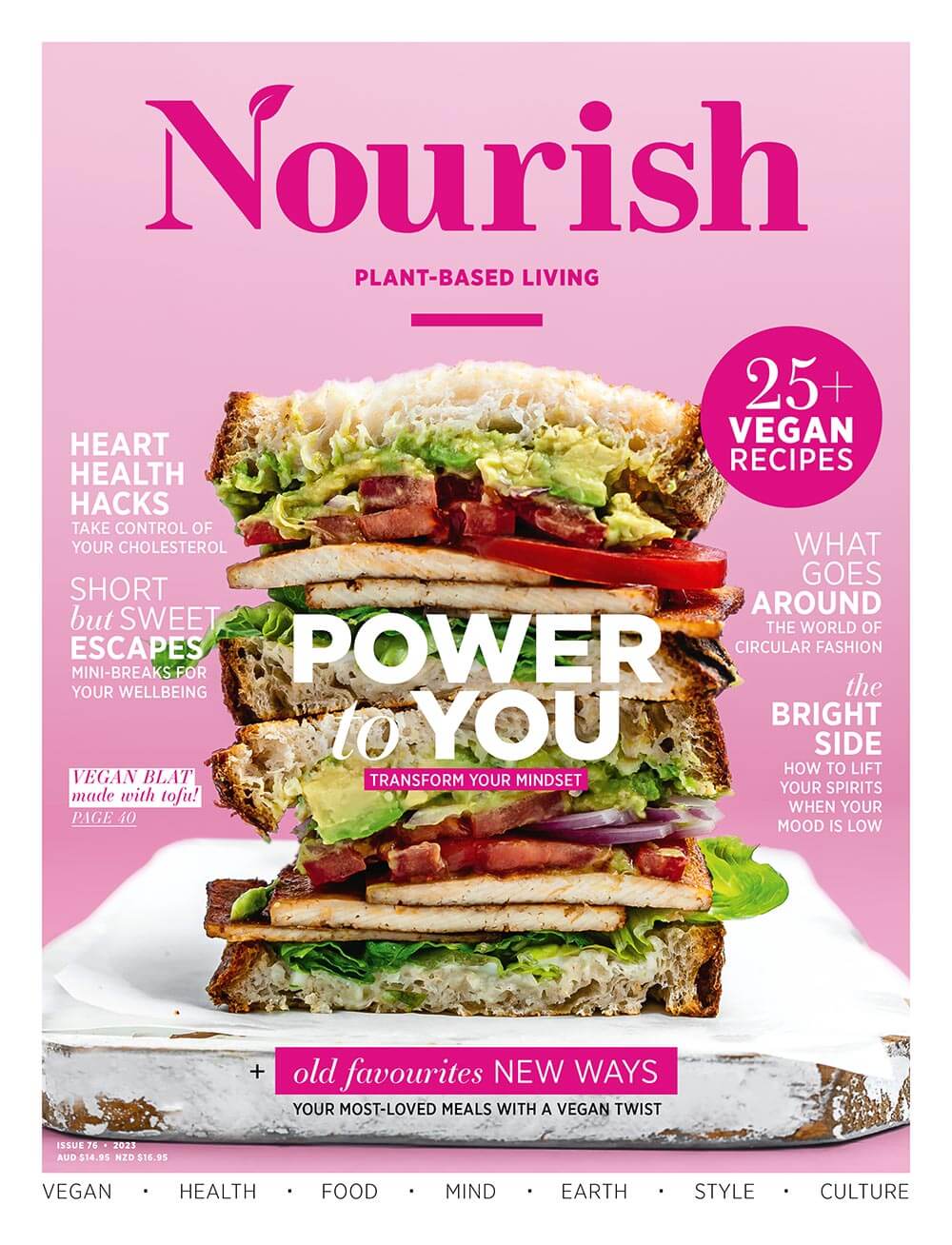
Some of the best nutrition is to be found in wholegrains (and pseudograins) that have been around for thousands of years.
Wholegrains are a nutritious source of fibre and protein, also high in B vitamins and minerals like zinc, magnesium and iron. And, while many of us eat wheat, oats, and rice regularly, there’s no need to stop there! With the revival of ancient grains, there are numerous other varieties that we can use too.
The rising popularity of ancient grains is for good reason. They are often less processed, more nutritious, and higher in fibre than modern grains. Many are also gluten-free and easier to digest. Not only that, but they are a great way to diversify our intake of whole plant foods – a crucial element of establishing and maintaining healthy gut flora.
Some ancient grains are not actually grains, rather they are seeds that we consume like grains. These are called pseudograins or pseudocereals. You’ll find some ancient grains is the supermarket, such as barley, quinoa, buckwheat and teff, while others such as farro and millet may be more easily found in health or bulk food stores.
Amaranth
Amaranth is a gluten-free pseudograin, so actually a seed. Packed with fibre, protein, and healthy micronutrients, it resembles quinoa and suits both sweet and savoury dishes. It is often used in porridge, soups, and salads, and is also available as a flour.
You’ll love it in this easy amaranth tabbouleh recipe. Versatile, fresh and delicious, it works beautifully as a side dish, sandwich filling, or stuffed into pita wraps with falafel and hummus.
Barley
Barley is a high-fibre, low GI grain that can be used as a nutty, chewy substitute for rice. With its rich nutrient profile, barley is fantastic in soups, stews, and salads (bearing in mind that it’s not gluten free).
This wholesome barley chickpea stew is a favourite in my household. The succulent barley combines beautifully with tender chickpeas and cubed sweet potato in a fragrant cumin-spiced tomato broth. It’s nourishing, feel-good bowl food at its best.
Buckwheat
Buckwheat is not actually related to wheat; rather it is a gluten-free seed. It’s packed with protein and fibre, providing a long-lasting source of energy to fuel your day.
Try it in my nutty buckwheat granola – delicious for breakfast or as a snack, whether served with coconut yoghurt, chia pudding, plant-based milk, or munched straight from the jar!
Farro
Very high in protein, fibre, zinc, magnesium and vitamin Bs, farro is an ancient grain from the wheat family that is popular in the Middle East and Italian dishes. It is very simple to use but just takes a bit longer to cook. With its satisfying texture and subtle nutty taste, it is perfect for use in salads or soups.
My green faro salad is a wonderful way to enjoy this highly nutritious (but not gluten-free) ancient grain.
Quinoa
Quinoa is an ancient South American pseudograin that is very high in protein, gluten-free and high in iron. While whole quinoa has become a well-known kitchen staple, quinoa flour remains less common. However, it’s a fantastically nutritious (and naturally gluten-free) alternative to wheat flour that’s ideal for baking.
If you’re new to quinoa flour (and even if you’re not), you can’t go wrong with these quinoa banana pancakes.


























